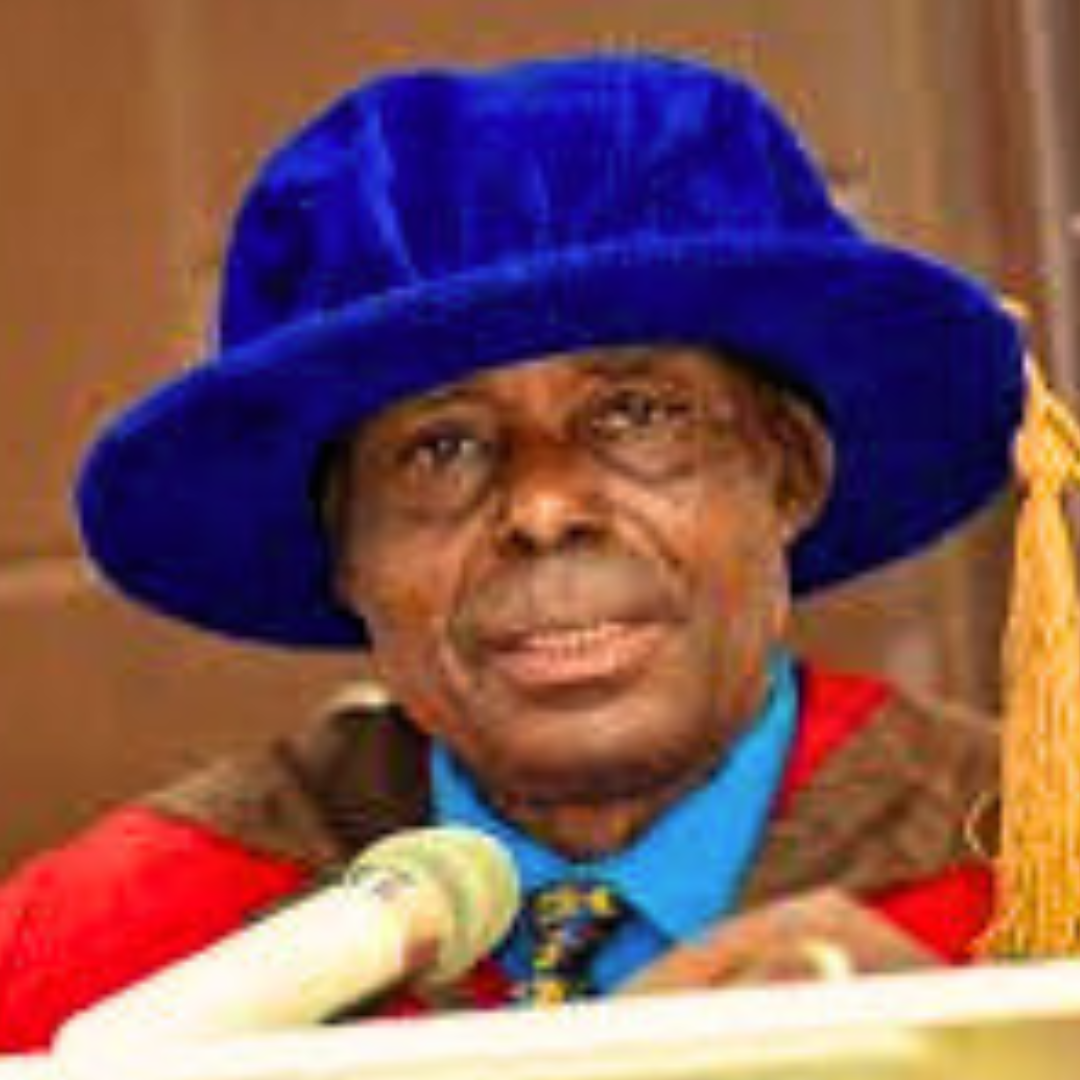
THE TRANSFIGURATION
Spirituality Corner
Matthew M. Umukoro
The transfiguration of Christ is one of the most spectacular and dramatic events in the Biblical narrative. And, like the Baptism of the Lord, it involved the active participation of the Holy Trinity: the perplexing atmospheric transformation by the Holy Spirit, the vocal presence of God the Father, expressing His pleasurable endorsement of the Son with an injunction to the apostles to obey him, and the amazing physical transfiguration of Christ himself (cf. Matthew 17:2-8; Mark 9:2-9).
It took place on a secluded mountain (identified by Biblical scholars as Mount Hermon), and was directly witnessed by three of the disciples - Peter, James, and John - as well as the translated figures of Moses and Elijah who made a brief, sudden appearance. Overwhelmed by the event, outspoken Peter impulsively suggested that they should remain at the spot and build three tabernacles for Jesus, Moses, and Elijah, forgetting that the other nine disciples had been left behind at the foot of the mountain.
As an exceedingly bright light overshadowed them, the divine voice broke through the cloud and the three disciples fell on their faces, afraid and mesmerized. They rose up to the reassuring words of Jesus only to discover that the scene had vanished as rapidly as it had come, and they were put under strict injunction to keep the secret until much later, possibly after the passion of Christ.
Six days earlier (cf. Matthew 17:1), Jesus had had an intimate interaction with his disciples about his perceived public image and his true identity. Jesus wanted to know, not only of the people’s conception of who he was, but specifically what his own disciples thought of him. On being able to identify Jesus as “Christ, the Son of the living God” (Matthew 16:16), Peter was commended as acting under divine inspiration, and was consequently chosen to be the rock on which the Church of Christ would be built. Jesus must have reckoned that this choice had been made by God Himself.
Furthermore, Jesus promised to give Peter the keys of the Kingdom of Heaven; “and whatsoever thou shalt bind on earth shall be bound in heaven; and whatsoever thou shalt loose on earth shall be loosed in heaven” (Matthew 16:19). A short while later, Jesus ironically rebuked Peter as ‘Satan’ wishing to frustrate the mission for which he had incarnated, by forbidding his forthcoming inevitable passion. All this happened just a week before the great transfiguration. The question is: what is the significance of the transfiguration in the life of Christ during his terrestrial mission?
The transfiguration was thus the climax of a series of events which began the week before. It was a major turning point in the earthly career of Jesus as it gradually drew to a close. The activities from the week that led to the transfiguration revealed Peter, James, and John as the three closest disciples of Christ (the inner caucus), with Peter as the obvious arrowhead. Here, as elsewhere, we find Christ preparing Peter for his ultimate leadership role in the Church which made him to emerge later as the first Pope.
The transfiguration kicked off the series of monumental events that led to the last days of Christ on earth. According to a Biblical Note, “the transfiguration occurred in about October, some six months before the death of Jesus. The brethren saw the Lord in a glorified and transfigured state. They also saw a vision of the earth as it will appear in its future glorified condition, saw and conversed with Moses and Elijah, two translated beings; and heard the voice of the Father bearing witness that Jesus is His beloved Son in whom the Father is pleased, and commanding the brethren to hear (obey) him” (Bible Dictionary of Authorized King James Version). Although they had always suspected that Jesus was an unusual being with extraordinary powers, the transfiguration finally confirmed to the disciples, particularly Peter, James and John who directly encountered the spectacle, that Jesus is the Lord in human frame. They gained a new perspective of the true personality of Christ as a divine Son of God, and the long-awaited Saviour of humanity. Their attitude towards Christ must have changed significantly from this point on, and his triumphant entry into Jerusalem shortly after, merely set the stage for the bloody climax at Calvary, after the agony in the Garden of Gethsemane.
It was in that eventful week leading to the transfiguration that Christ revealed himself to his disciples, promised to build his Church on the solid rock of Peter, and handed over the evangelical keys to the Apostles, conferring upon them the great power to cast and bind, both on earth, and in heaven. This is the source of the power granted the Pope, Bishops, and Clergy to administer the sacrament of penance and reconciliation on behalf of Christ.
Although a brief and fleeting experience, the transfiguration provided a powerful glimpse of the approaching glory of Christ as the ultimate redeemer of mankind, with an insight into his anticipated Second Coming. After his symbolic Baptism by John the Baptist, the transfiguration is the next greatest landmark in Christ’s career before his crucifixion, death, resurrection, and ultimate ascension into Heaven.
Finally, the transfigured Christ foretold the resurrected Christ in his full divinity, appearing to his disciples and selected persons during his last days on earth.



Leave a Comment